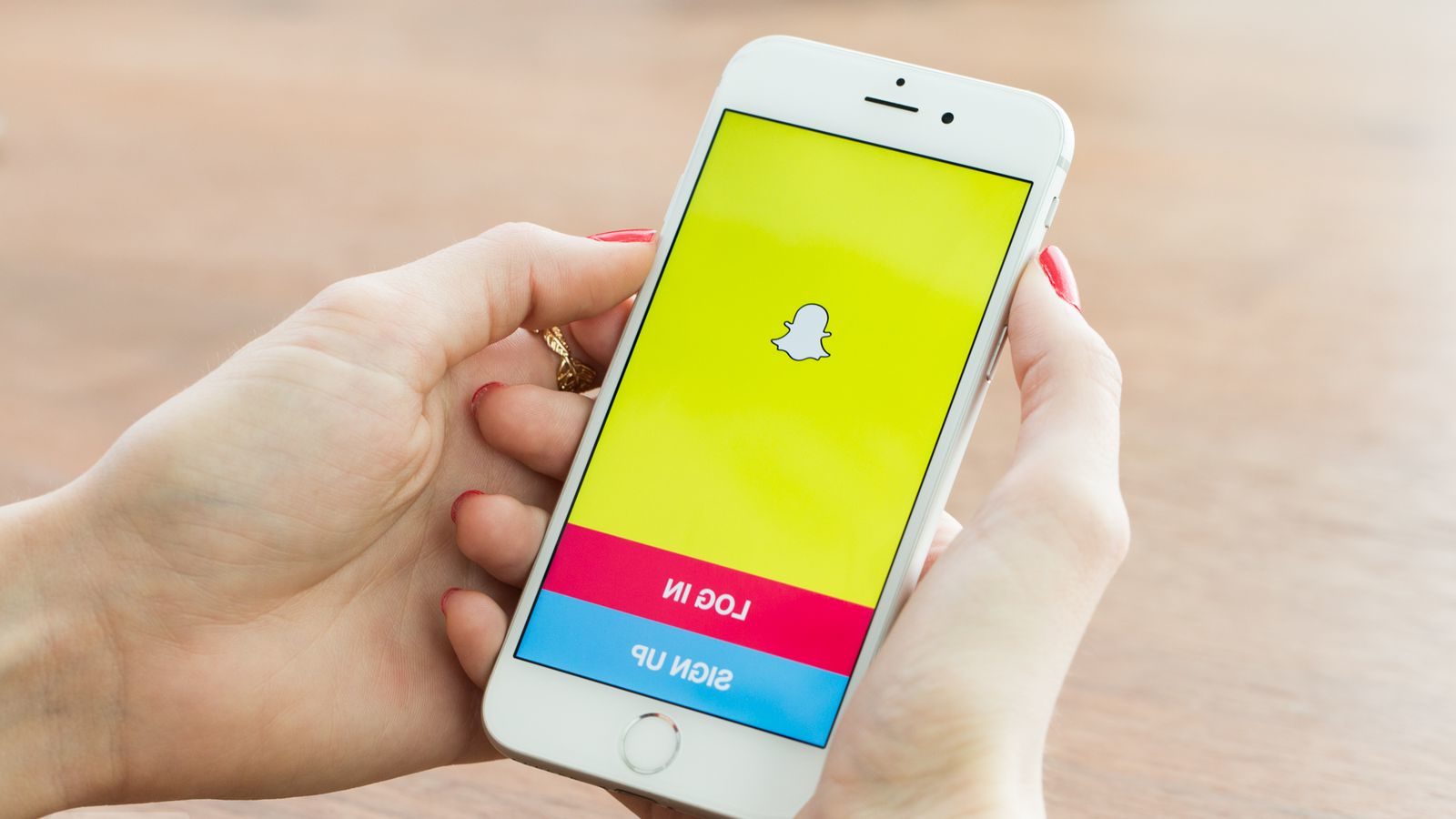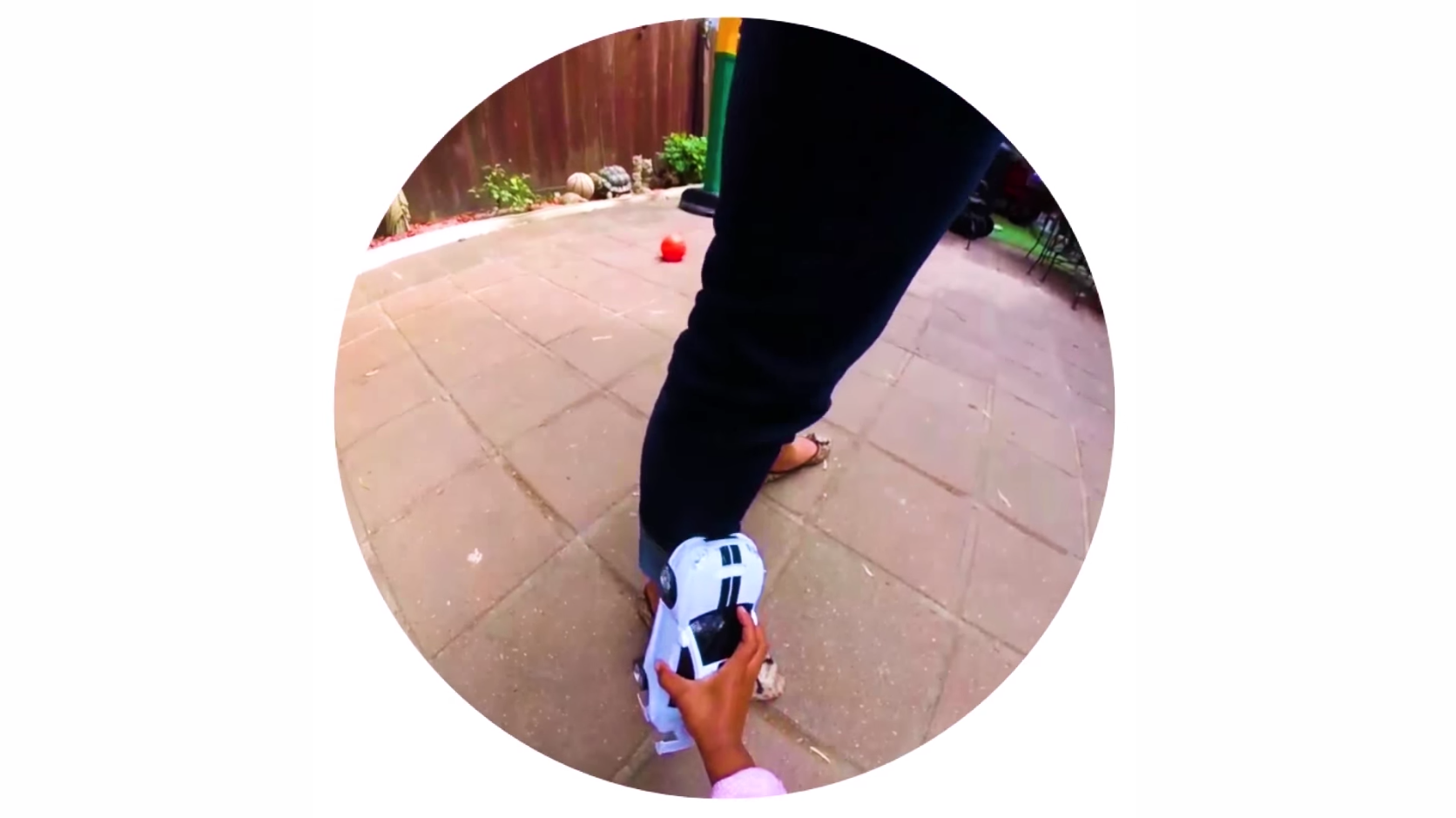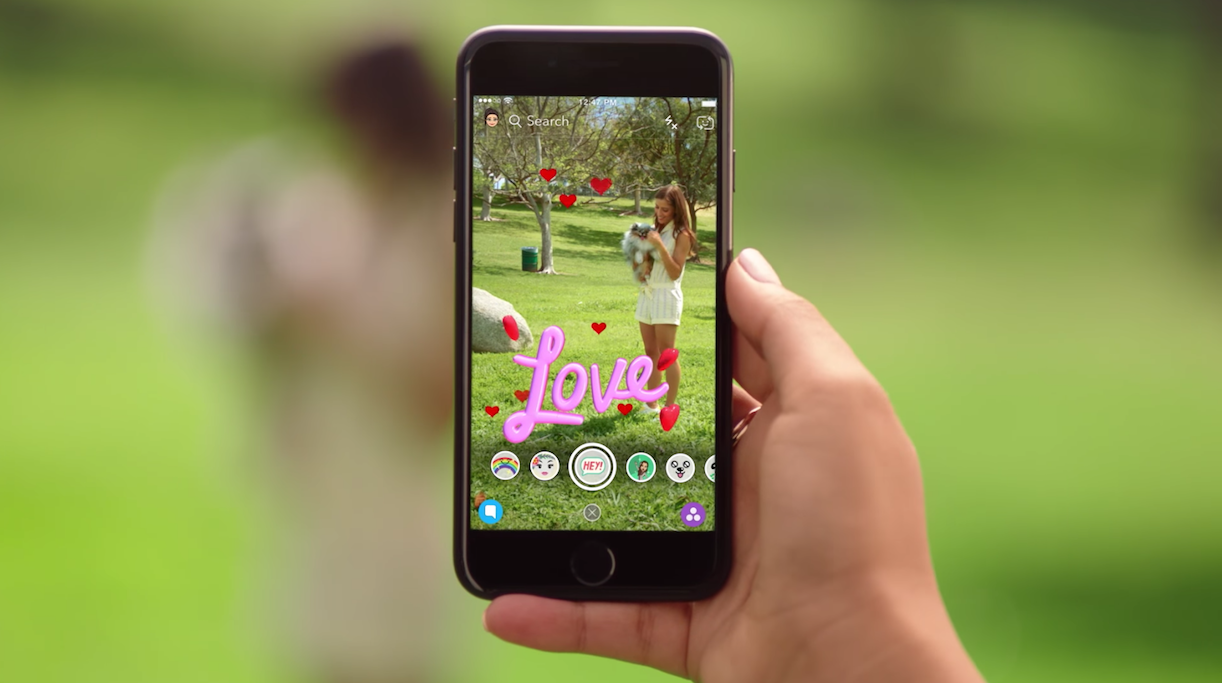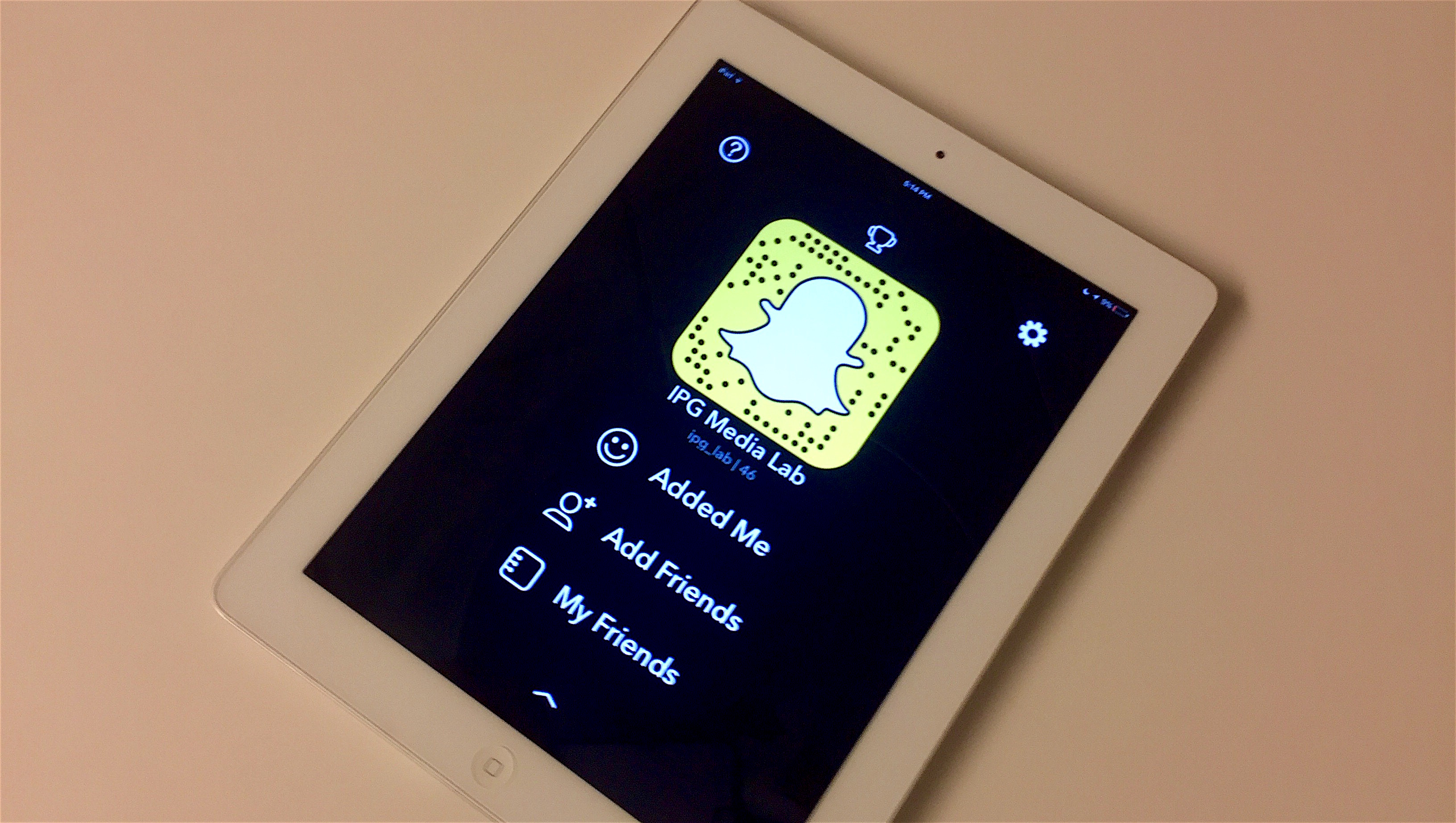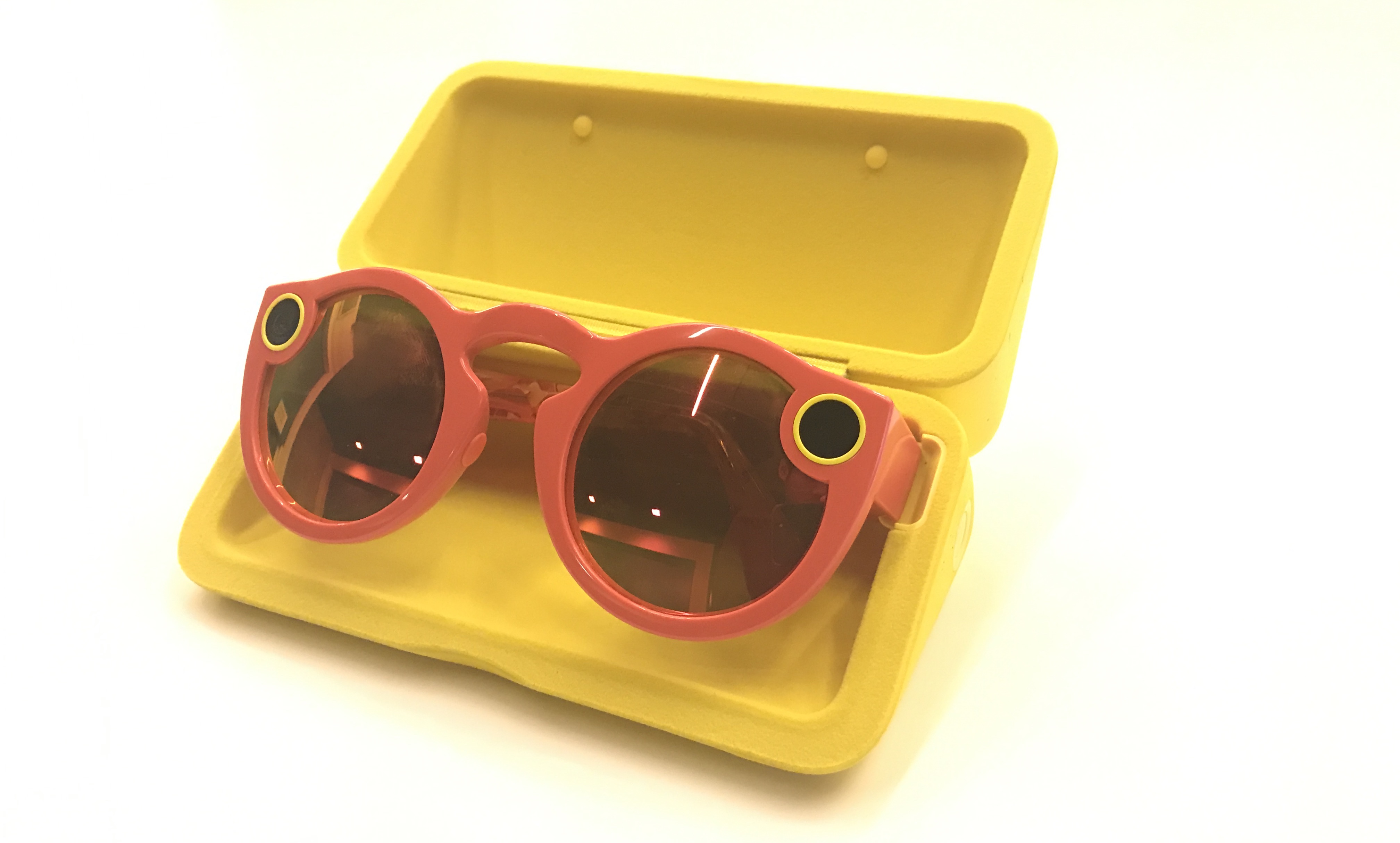What Happened
Snapchat is going all in on self-serve ad platform and tools to make it easier for brands advertisers to create video ads and launch their campaigns with three new initiatives. To start with, the company announced the Ad Manager platform last month, and the self-serve ad platform officially became available for marketers big or small on Monday.
Snapchat also launched Snap Publisher, a browser-based creation and testing tool that makes it easier for advertisers to create vertical video ads and create Snap ads for different objectives. It is integrated with Ad Manager, so once advertisers are done optimizing their ads for Snapchat, they can simply buy through the self-serve platform with one click.
In addition, Snapchat launched a new Certified Partners program to highlight its ad tech partners, which currently include SocialCode, Adaptly, Unified, and Hyfn. Snapchat’s Ads API is open to a wide range of ad tech companies, but the ones in the Certified Partners program received some extra training as to building tools for optimizing Snap ads.
What Brands Need To Do
Amid a slowed-down user growth and the mounting pressure from Facebook’s relentless copying, Snapchat is trying to make a strong case for itself to brand advertisers as a viable mobile ad channel by expanding the accessibility and accountability of its ad products.
Beyond the three initiatives launched on Monday, Snap also acquired mobile location intelligence company Placed last week to improve the offline attribution of its app, allowing advertisers to see if their Snap ads resulted in store visits. As Snapchat continues to step up its ad game and make its app more advertiser-friendly, we expect to see more brands getting on board to try out Snapchat’s unique ad products.
Source: TechCrunch
